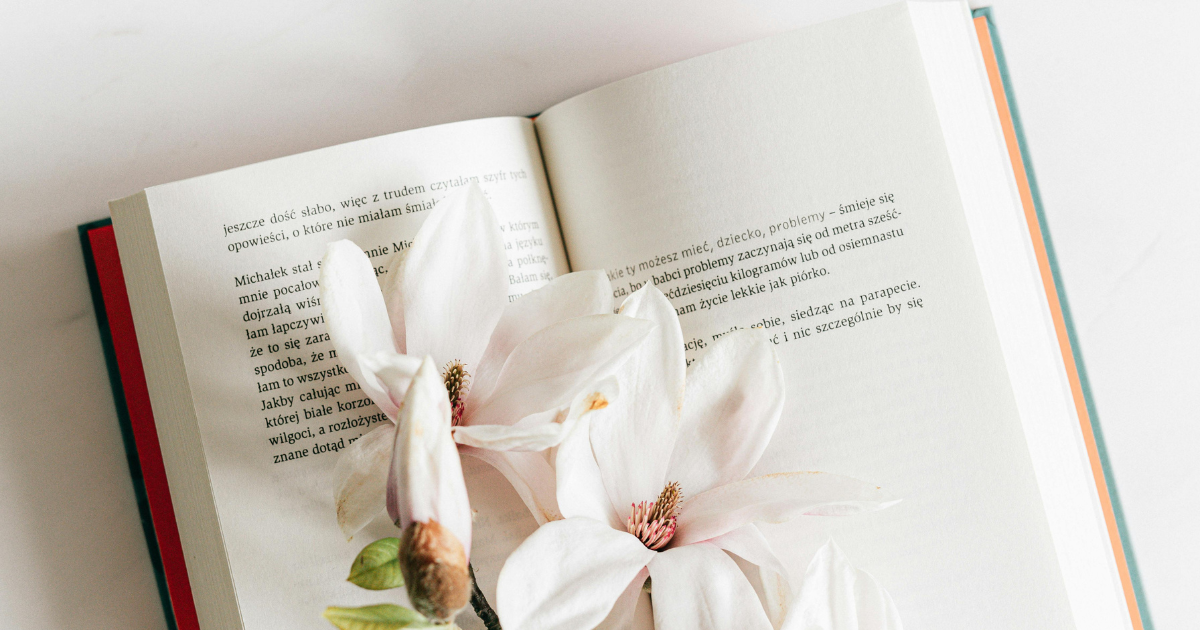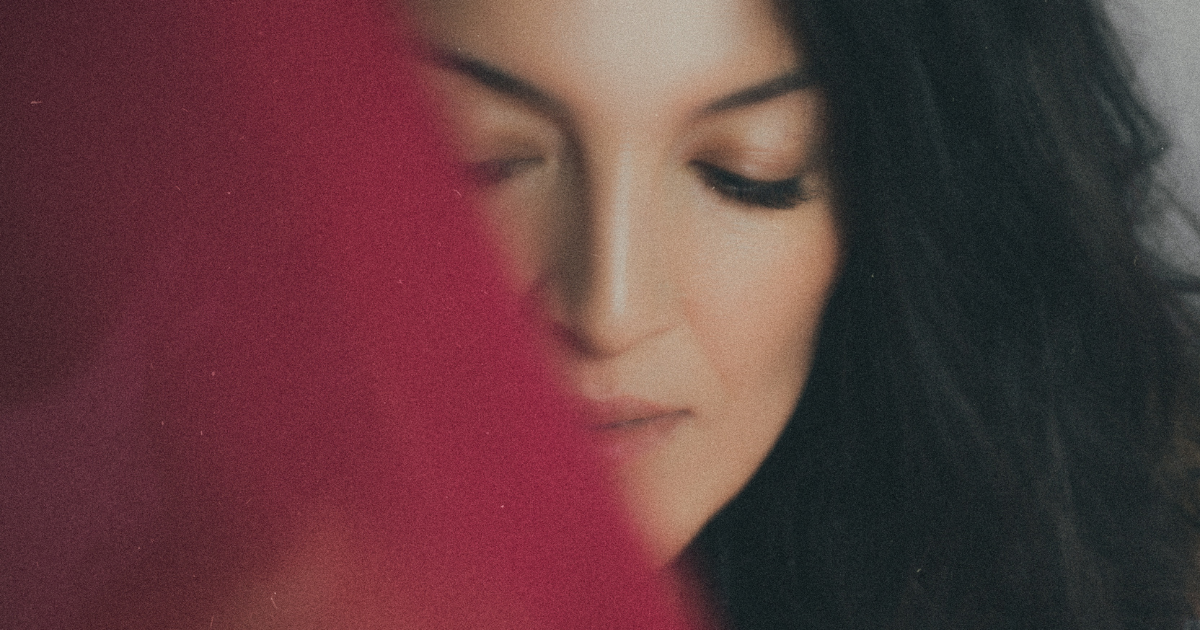Ural Tansykbayev. Celebrating the 120th anniversary of the great artist
Jubilee exhibition of the master of Uzbek painting opens in Tashkent

September in Tashkent began with a bright cultural event: at the Gallery of Fine Arts, a large-scale exhibition opened, titled “Ural Tansykbayev. To the 120th Anniversary of His Birth.”
The project was organized by the Art and Culture Development Foundation of the Republic of Uzbekistan and brings together 124 works of painting and graphics from the largest museum collections of Uzbekistan and Kazakhstan. More than seventy canvases underwent meticulous restoration with the participation of leading French specialists and today are presented in all their chromatic splendor.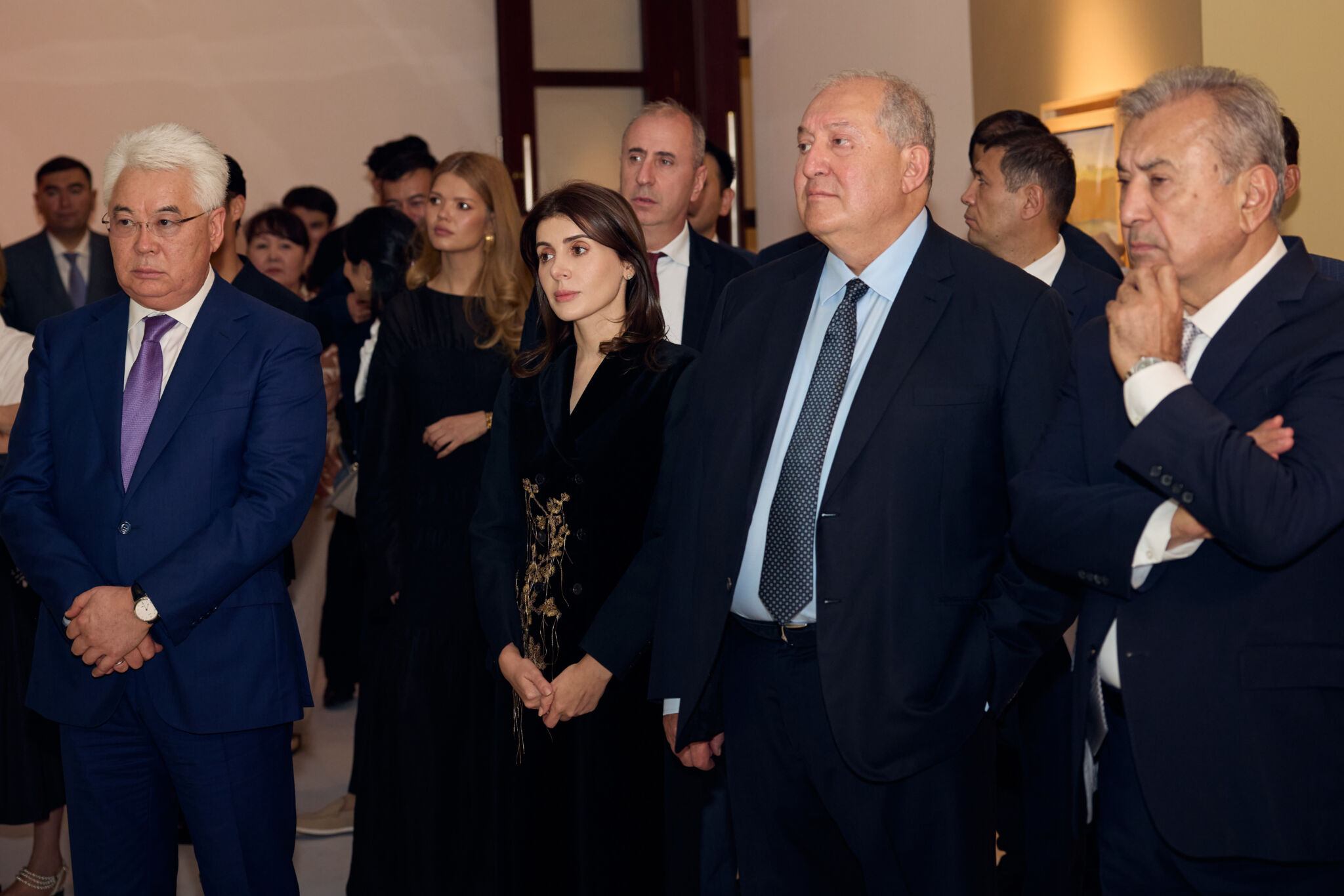
Paintings that spoke anew
Following its success at the A. Kasteyev State Museum of Arts in Kazakhstan (March–June 2025), this project continues in Tashkent. Here, visitors can trace the evolution of Tansykbayev’s art – from his early paintings and graphic works of the late 1920s to the first half of the 1930s, to the monumental canvases of the “Thaw” period. The exhibition features some of the artist’s most iconic works: “Portrait of an Uzbek” (1934), “Uzbek Woman” (1928), “Crimson Autumn” (1931), “Lilac Road” (1935), and “Morning of the Kairakkum Hydroelectric Station” (1957).
Many works are being shown to the public for the very first time – not only in Uzbekistan but also beyond its borders. 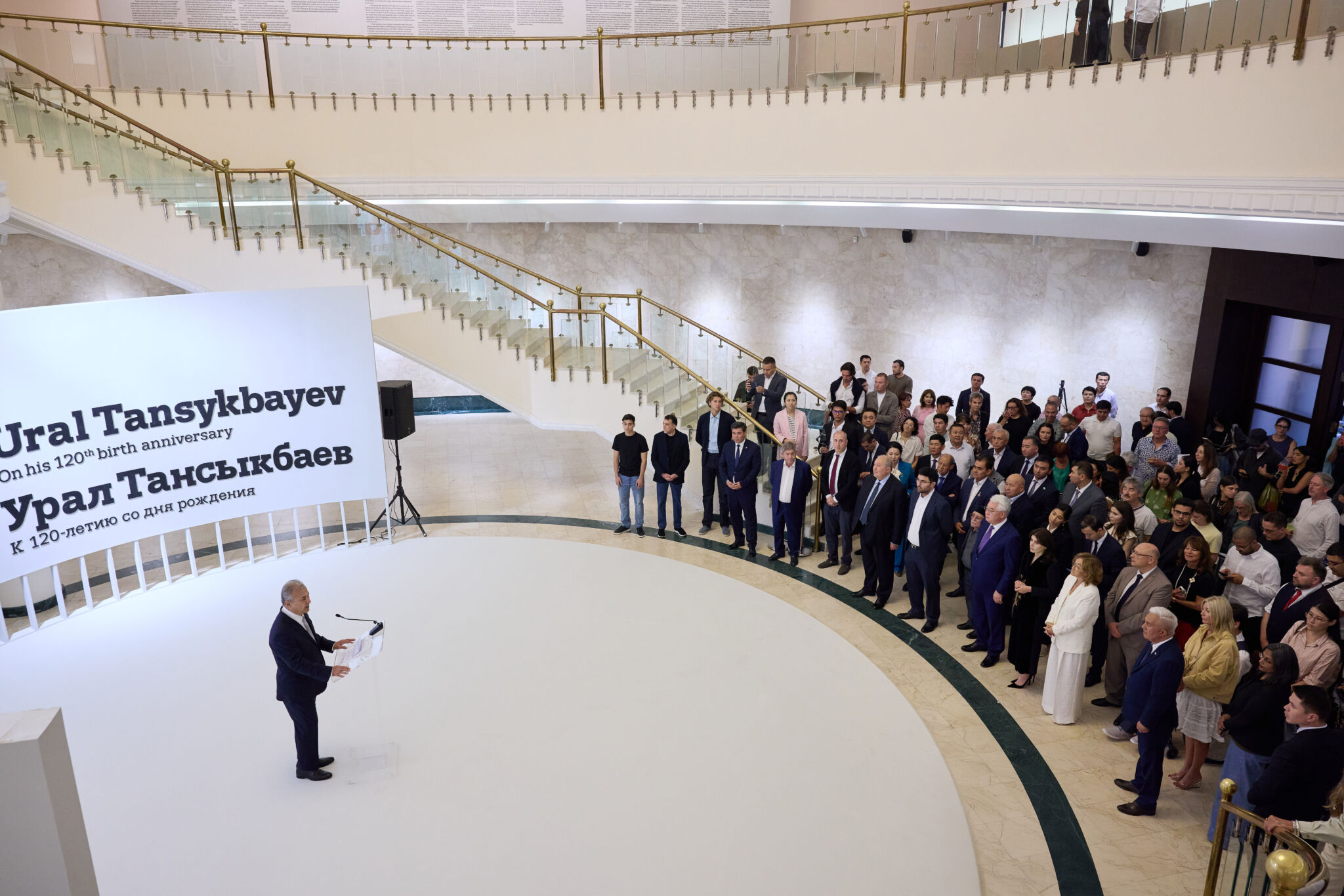
The artist and his era
Ural Tansykbayev (1904–1974) is one of the founders of the Uzbek school of painting, a master whose work fused national traditions with modernity. His canvases were exhibited in Moscow, abroad, and even at the International Exhibition in Philadelphia in 1934. In the 1950s, he worked on monumental projects, and from 1956 to 1959, he served as Chairman of the Union of Artists of Uzbekistan.
In 1968, the artist donated more than 150 of his early works to the Nukus Museum, leaving an invaluable legacy for future generations. 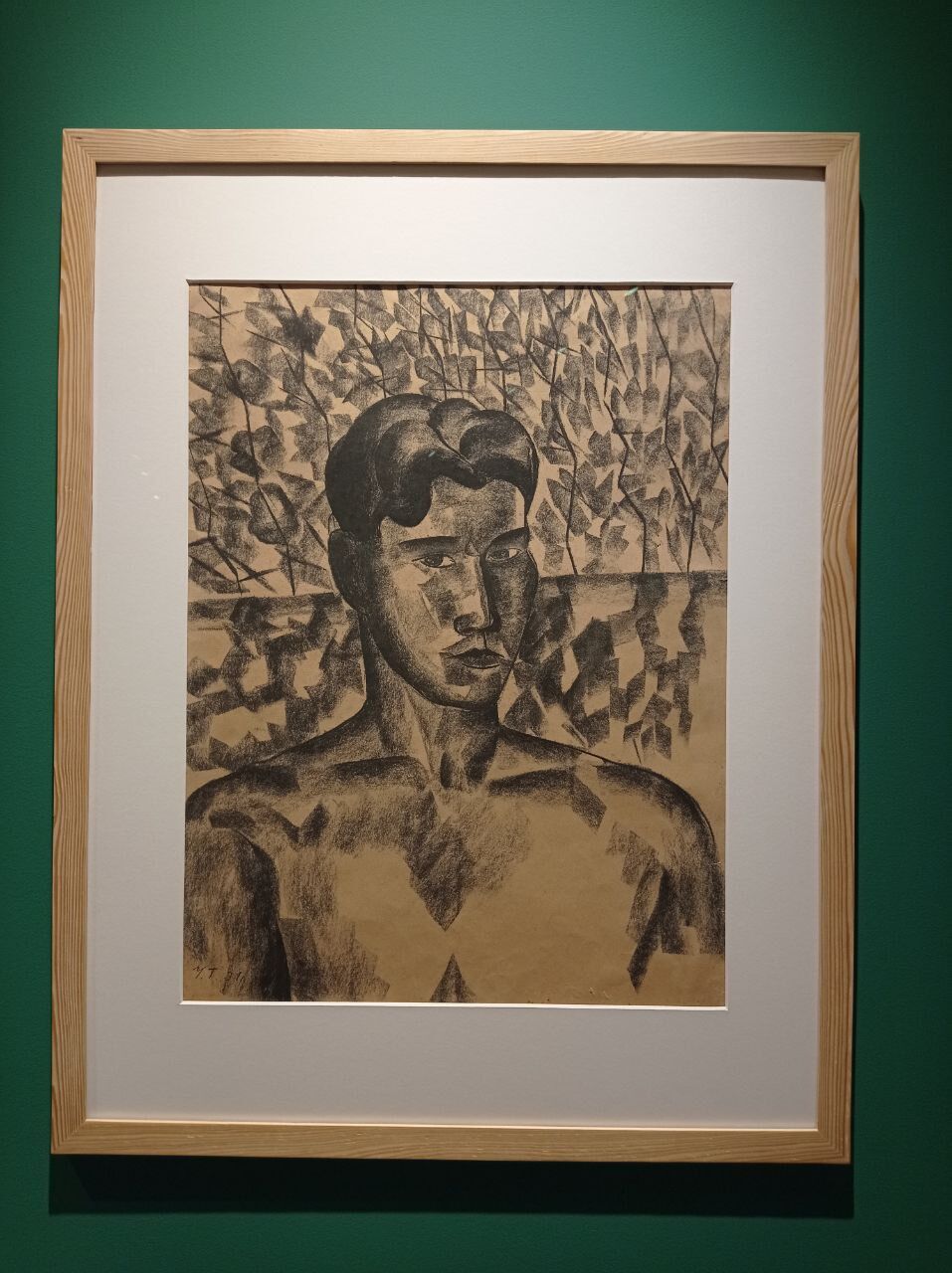
Inspiration for today
The jubilee exhibition in Tashkent carries two essential messages: it pays tribute to a great artist while also offering the chance to see his multifaceted art through a fresh lens. Tansykbayev’s paintings still resonate with modernity today: they connect generations, return us to our roots, and remind us of the power of art to preserve beauty and the spirit of its time.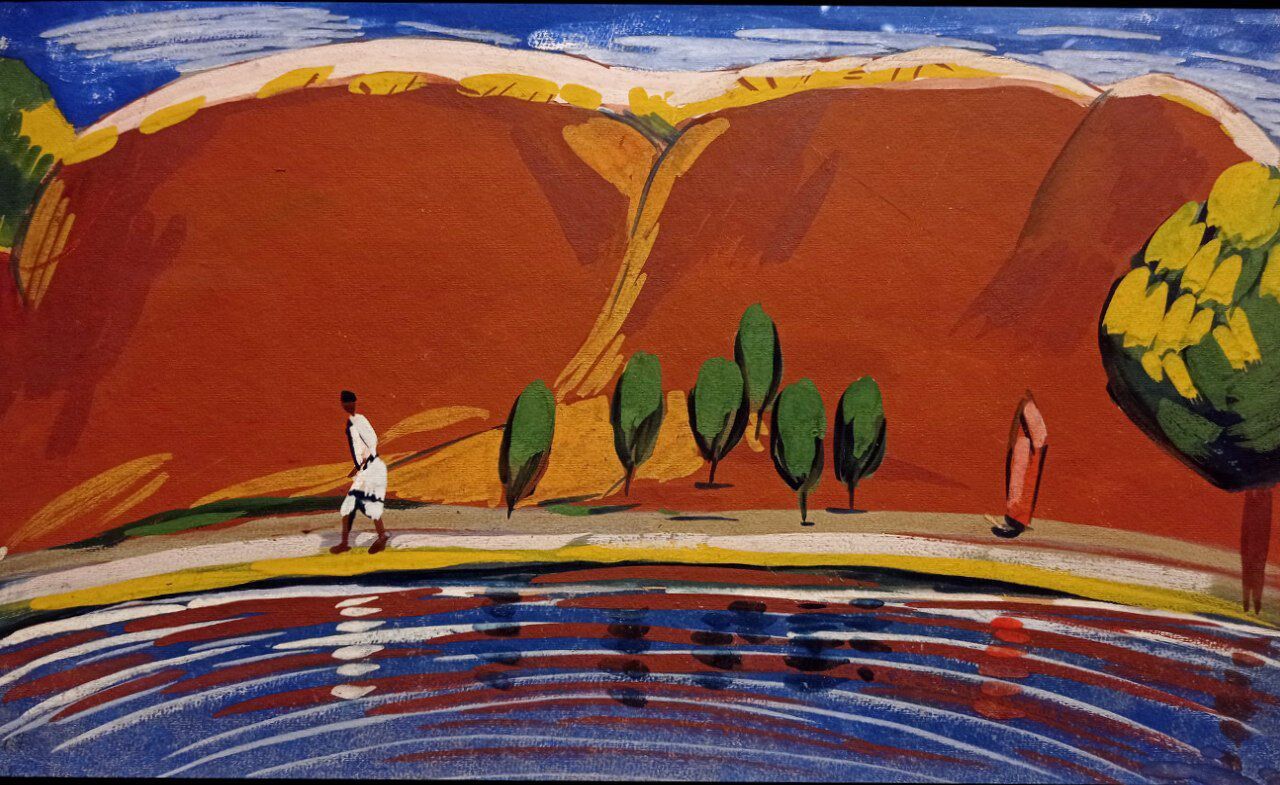
The opening of the anniversary exhibition became the occasion for ELLE O‘zbekiston’s editorial team to sit down with curator Zelfira Tregulova. We wanted to know to what extent the exhibition allows us to look at Ural Tansykbayev with fresh eyes.
ELLE: What new perspectives does this exhibition offer the viewer – and can it free Ural Tansykbayev from the familiar label of a rigid “Social Realist”?
Zelfira Tregulova: Absolutely. The exhibition presents more than forty of his early works – both paintings and graphic pieces, that had long been kept in his studio in Cherdantsev and eventually entered Igor Savitsky’s collection in Nukus. For Tansykbayev, these works were linked to some of his brightest memories – those years when, together with Alexander Volkov, Nikolai Karakhan, and other artists of the Turkestan avant-garde, he was searching for a new artistic language that reflected the spirit of change. It was a moment of true creative daring, before the rigid frameworks of Socialist Realism appeared.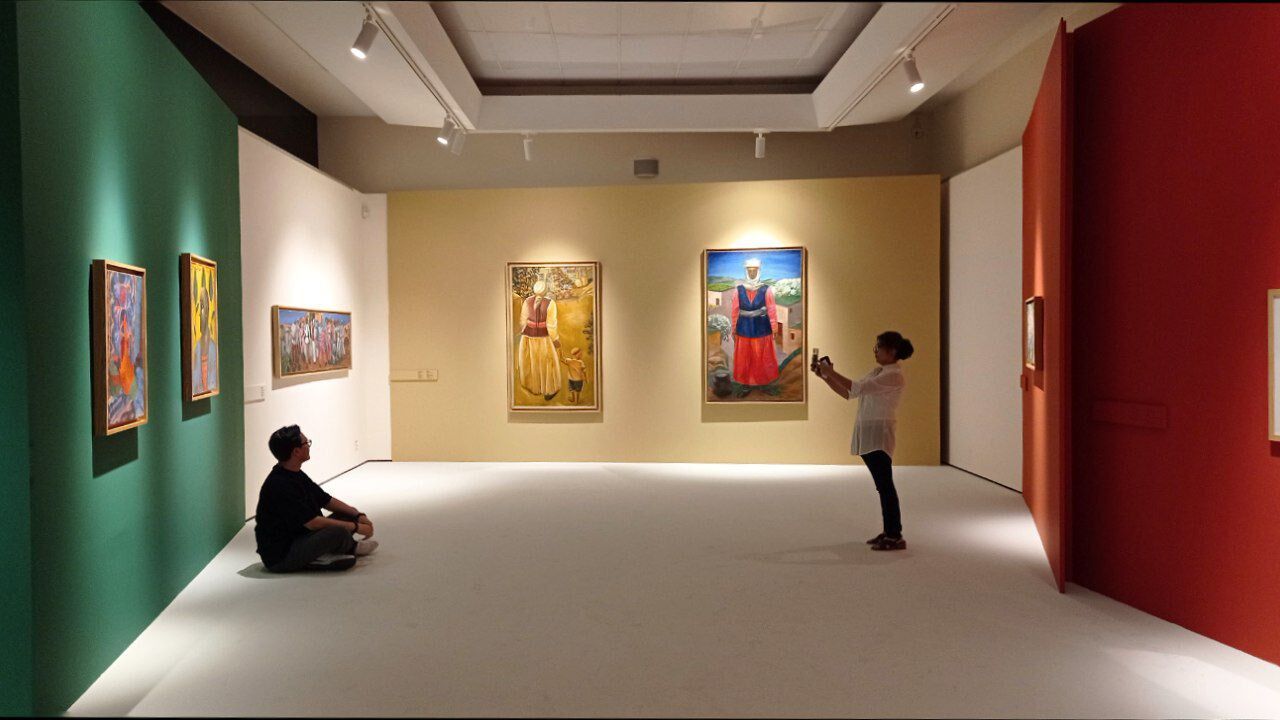
While preparing the exhibition, I myself became deeply absorbed in this “early” Tansykbayev. But gradually I came to realize: his later works – from the 1940s, 50s, and 60s – deserve no less attention. Each time, he found a way to remain himself, changing manner and style, yet preserving an inner energy and artistic strength.
I would even caution viewers against the familiar skepticism toward his later period. If you look closely, you will find astonishing richness in these canvases – plastic expressiveness, philosophical depth. After all, Tansykbayev was not only a brilliant artist but also a wise man: complex, inquisitive, always ready to seize upon a new idea. Outwardly, he seemed simple, good-natured, almost like a friendly “babay”(grandfather), but behind that was an intense work of mind and soul. That is where his true multifaceted nature lies. 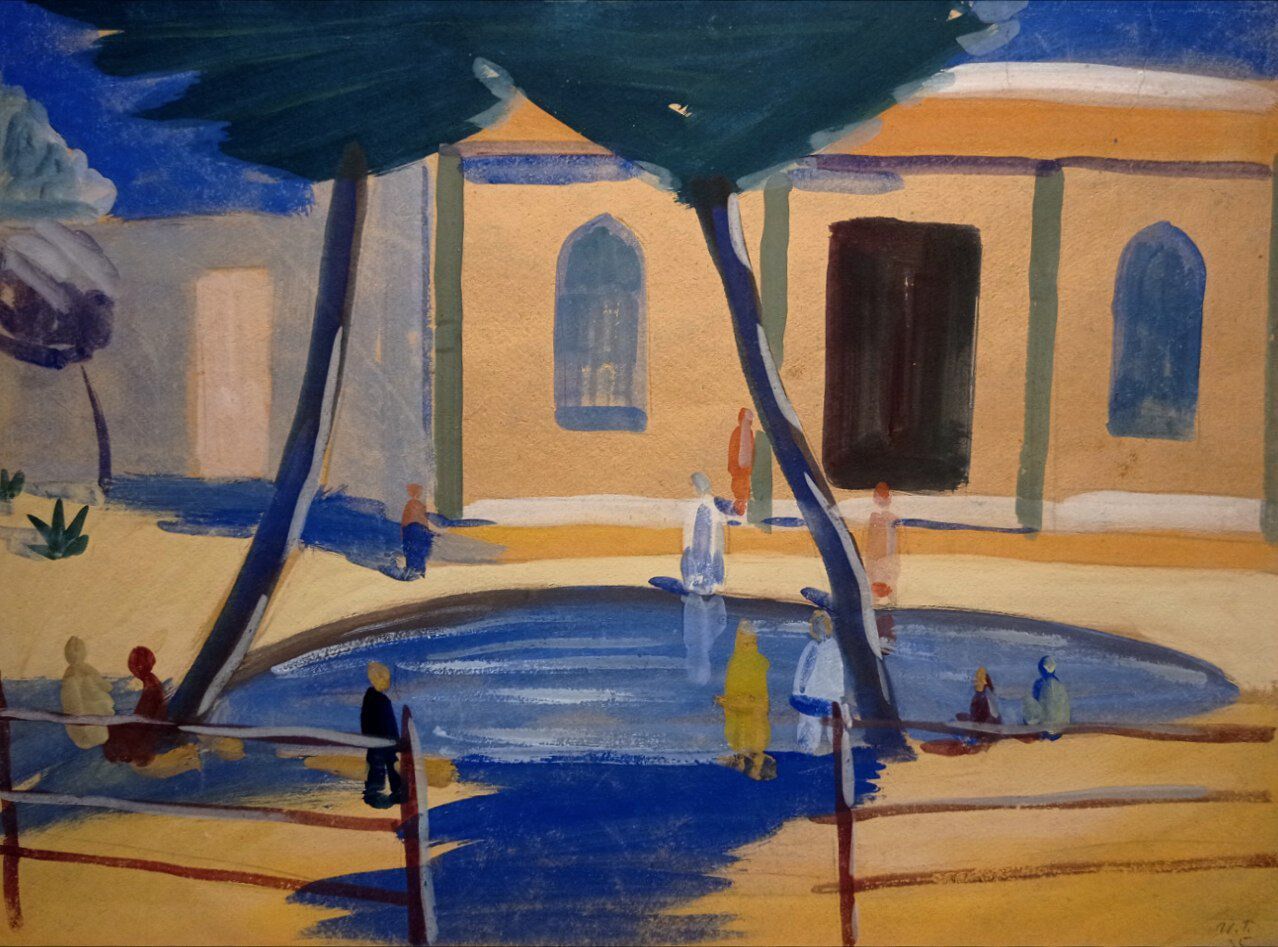
And finally, it is worth emphasizing that his paintings hold both passion and philosophy, and the extraordinary energy of their time. You can experience this firsthand until November 20, 2025, at the Gallery of Fine Arts.
The editorial team of ELLE O‘zbekiston considers this exhibition the main art event of the season – make sure you find time for a visit!
Photos: PR Service of the Foundation for the Development of Culture and Art of the Republic of Uzbekistan; Dima Akhunbabaev
